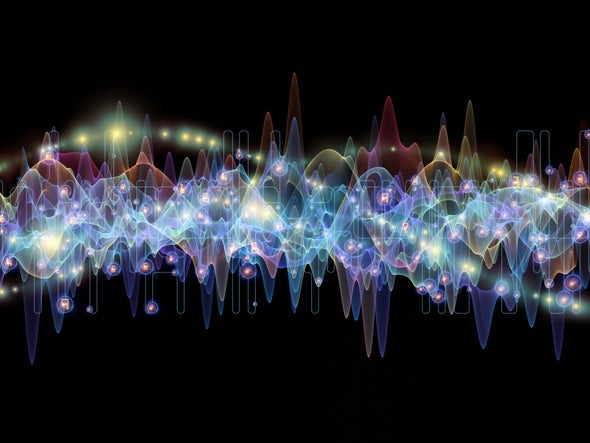Lack of Sleep Could Be a Problem for AIs
机器的一个显著特点是它们不需要睡觉,不像人类和任何其他有中枢神经系统的生物。不过,总有一天,你的烤面包机可能需要时不时地小睡一会儿,你的汽车、冰箱和其他随着实用人工智能技术的出现而发生革命性变化的东西也可能需要小睡一会儿。
One of the distinguishing features of machines is that they don’t need to sleep, unlike humans and any other creature with a central nervous system. Someday though, your toaster might need a nap from time to time, as may your car, fridge and anything else that is revolutionized with the advent of practical artificial intelligence technologies.
当(如果)模拟活体大脑的人工智能系统被整合到目前依赖传统计算机和微处理器帮助我们度过一天的各种设备中时,这种变化就会出现。至少这是我们在洛斯阿拉莫斯国家实验室进行的一项新研究的意义所在,这项研究的目的是了解那些运作方式与活体大脑中的神经元非常相似的系统。
The change will come when (and if) AI systems that mimic living brains are incorporated into the wide range of devices that currently rely on conventional computers and microprocessors to help us through the day. At least that’s the implication of new research that we are conducting in Los Alamos National Laboratory to understand systems that operate much like the neurons inside living brains.
我们认识到这一点,是因为我们努力开发出一种与人类和其他生物系统学习视觉的方式非常接近的神经网络。我们正在研究这些模拟网络对无监督词典训练的反应方式。在这类活动中,网络开始对对象进行分类,而没有事先的示例来进行比较。想象一下,把许多奇异动物的图像交给一个孩子,让他们把相似的动物分组在一起。孩子可能不知道羚羊是什么,但他们会把它们和狮子或企鹅分开放在一堆。
Our realization came about as we worked to develop neural networks that closely approximate how humans and other biological systems learn to see. We were investigating the way that these simulated networks respond to unsupervised dictionary training. In this sort of activity, networks set about classifying objects without having prior examples with which to compare them. Imagine handing many images of exotic animals to a child, and asking them to group similar ones together. The child might not know what an antelope is, but they would place them in a separate pile from the lions or penguins, for example.
原文来自 Scientific American











